Greasy Heel
Greasy Heel, also known as Mud Fever, Swamp Fever, Mud Rash or Cracked Heels, is a descriptive term, not a diagnosis. Although it’s a relatively common presentation, horse owners tend to underestimate how complex this skin disorder may be, particularly in chronic cases. From minor infections to chronic granulomatous lesions, this is an extremely painful condition that requires immediate treatment and ongoing management.
What is Greasy Heel?
Greasy Heel is a condition affecting the pastern and lower leg of horses. It is especially common in horses with white socks or pasterns and in certain breeds such as draft Horses. The condition is a type of dermatitis resulting in inflammation, ulceration and crusting. There are varying degrees of the condition ranging from short term infections through to chronic granulomatous (excessive skin growth) lesions that are almost impossible to cure.
What are the symptoms of Greasy Heel?
- Dermatitis (inflammation of the skin) of the lower limbs – hind limbs more often affected.
- Unpigmented (white) skin becomes red, oedematous (swollen), itchy and painful.
- The lesions start as a mild scab which continues to thicken with a moist surface underneath.
- In severe cases (see photos on left) the scabs crack and cause pain which may result in lameness as the pastern flexes e.g. with exercise.
- The lesions normally start at the back of the leg on the heels and progress up the pastern and around towards the front of the leg and can be seen on one to all four legs.
What Causes Greasy Heel?
There are numerous causes, most commonly exposure to wet or muddy areas, such as coastal regions or housing in stables for extended periods of time.
- Solar exposure – sun burn.
- Can be infectious (bacterial or fungal) or non-infectious(mites or allergic)
- Quite often chemical or physical irritants are involved.
- Contact allergies to grass or other plants.
- Mange is more common in certain breeds eg, Draft horses.
- Bacteria involved are quite often Staphylococcus or Dermatophilus (similar to rainscald).
- Fungal infections are usually Dermatophytes similar to ringworm in other animals.
How is Greasy Heel diagnosed?
It is essential that your veterinarian correctly diagnoses the cause of this condition is essential. To do this they will need:
- History and physical examination
- Environmental inspection
- Cytology – identifying type of cells eg. Inflammatory cells and presence of Bacteria
- Skin scraping – identify or exclude parasites
- Bacterial culture and sensitivity to ensure correct selection of topical/systemic antibiotics if required.
- Fungal culture – to rule out dermatophytosis
How are the Greasy Heel lesions treated?
- Clip hair, especially feathers to avoid retaining moisture
- Clean area with warm water and moist cloth to remove excess dirt and greasy material
- Remove crusty lesions by gently scrubbing with soft brush using antimicrobial agent e.g. medicated wash containing chlorhexidine – the lower leg can be soaked for 10-15minutes in bucket to soften lesions for easier removal and for wash to be effective.
- Rinse with clean water.
- Pat dry with towel and apply prescribed ointment or barrier cream to area including margin just beyond the lesions.
- Repeat daily for 7-10 days or as recommended by your veterinarian.
In severe cases other medications such as antibiotics and anti-inflammatories may be required in conjunction with topical ointments.
Then, treat the underlying cause e.g. environmental factors.
How can I prevent Greasy Heel?
- Reduce exposure to sun with use of sunscreen – will also act as a barrier for moisture.
- Ensure stables are clean, dry and bedding is changed regularly
- Keep paddocks clean by regularly picking up manure, this will also help to reduce parasites
- Avoid muddy, wet, dusty pastures/paddocks or limit time in these areas
- Place gravel around water troughs to reduce mud
- Keep pastures maintained by slashing to avoid trapping excessive moisture and contact with legs thus reducing irritation.
- Frequent grooming to ensure hair is short and any outbreak can be identified early – will also increase blood flow to area and promote healthy hair and tissue growth.
For those who keep horses in paddocks, the Equicentral System which promotes building a central loafing area that is surfaced and well-drained, is ideal. This central point should be where horses naturally congregate, and this can be encouraged to spend time there with hay and shelter.
Find out more about The Equicentral System here…
If you suspect your horse may have Greasy Heel, please contact your veterinarian as soon as possible as prompt and proper diagnosis will assist in your horse’s speedy recovery.
Recommended Reading: Check out our ‘Ask the Experts’ article where we ask the question “Why Does My Horse Get Scabby Legs When it’s Wet?“



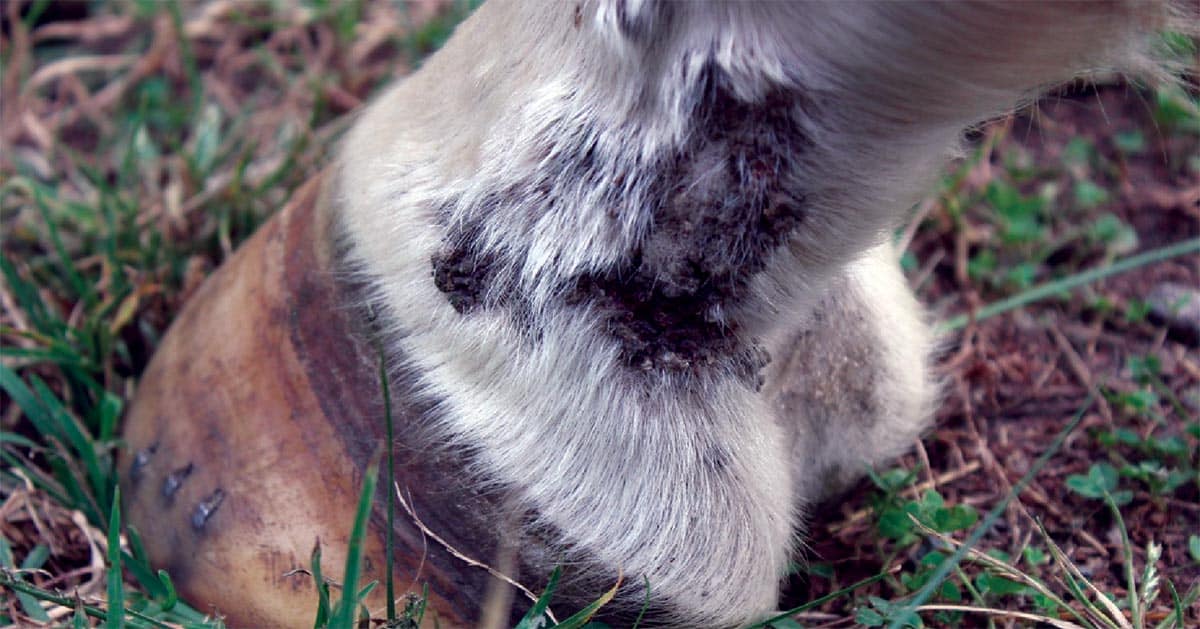



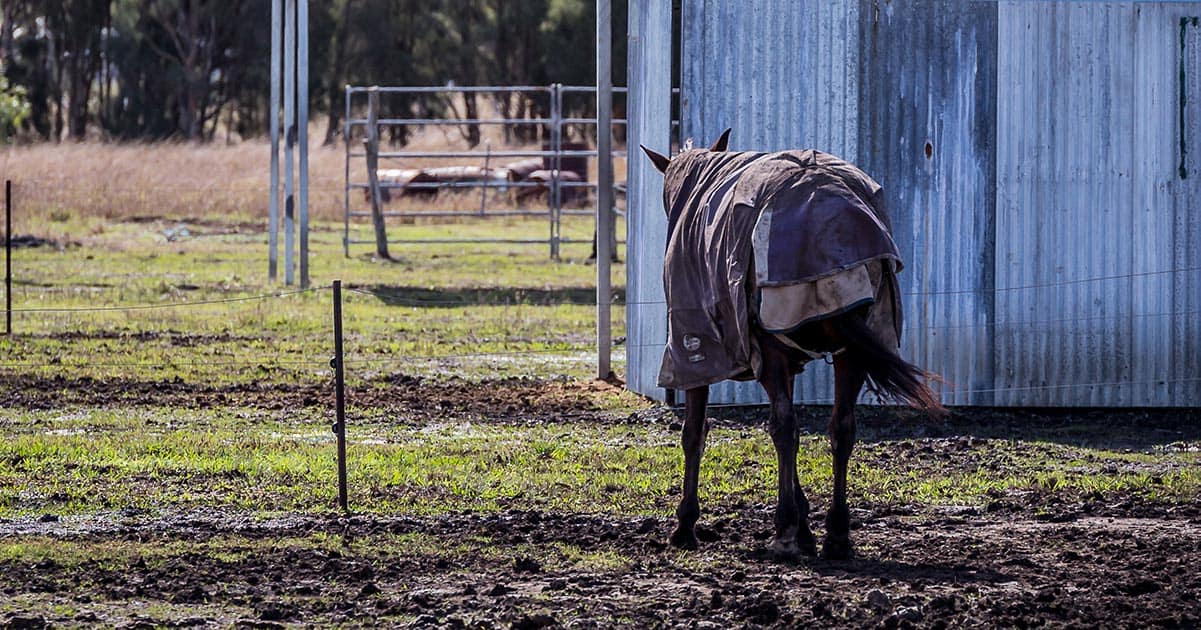
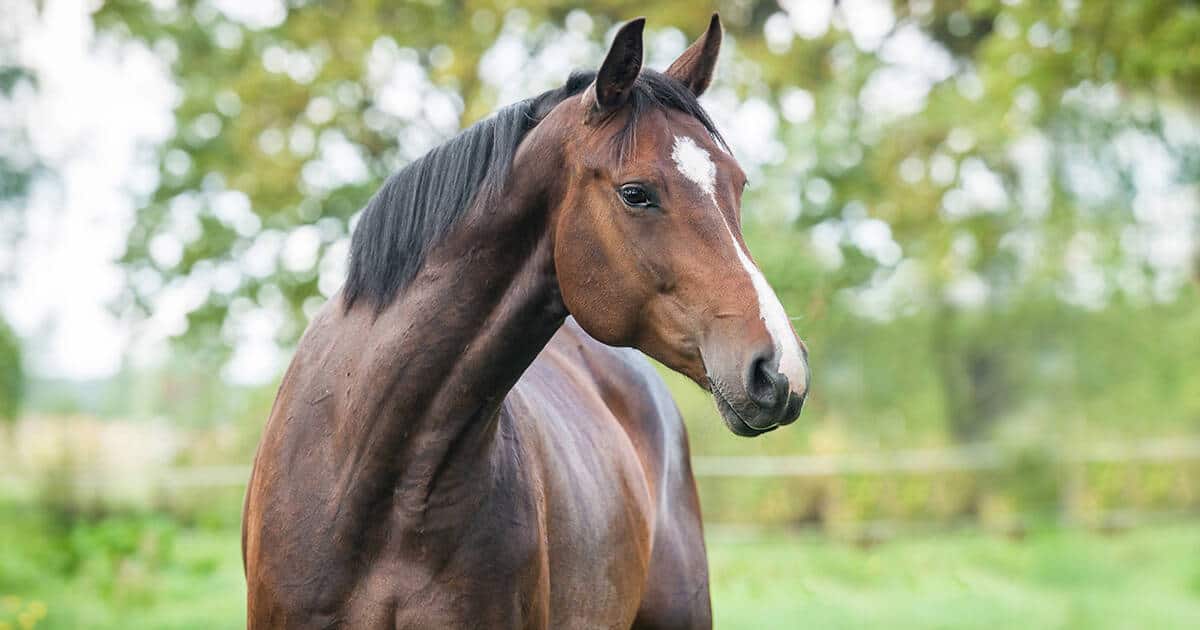







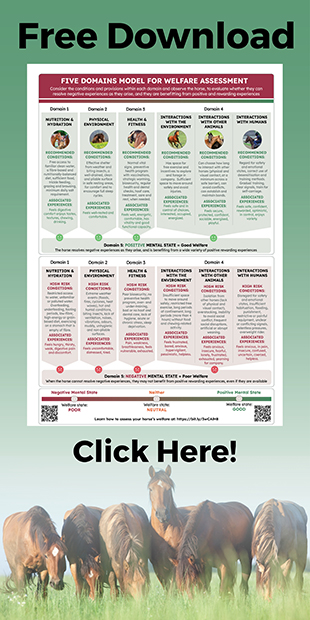
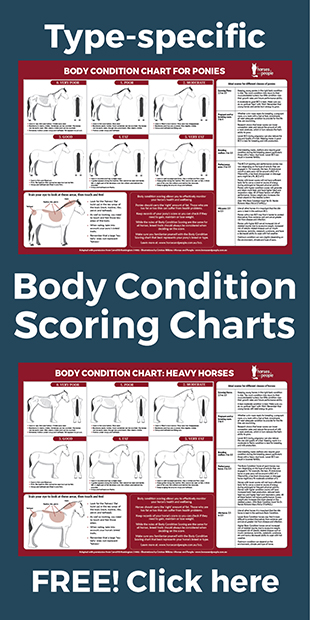
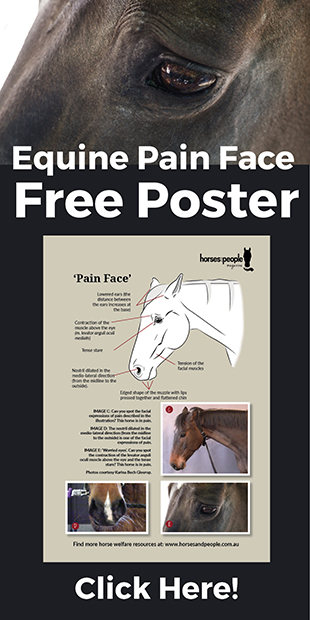
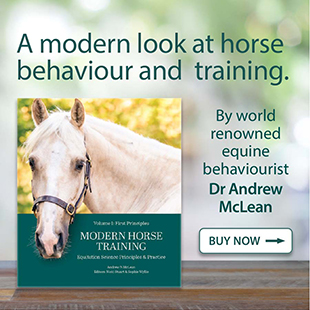



Trackbacks/Pingbacks